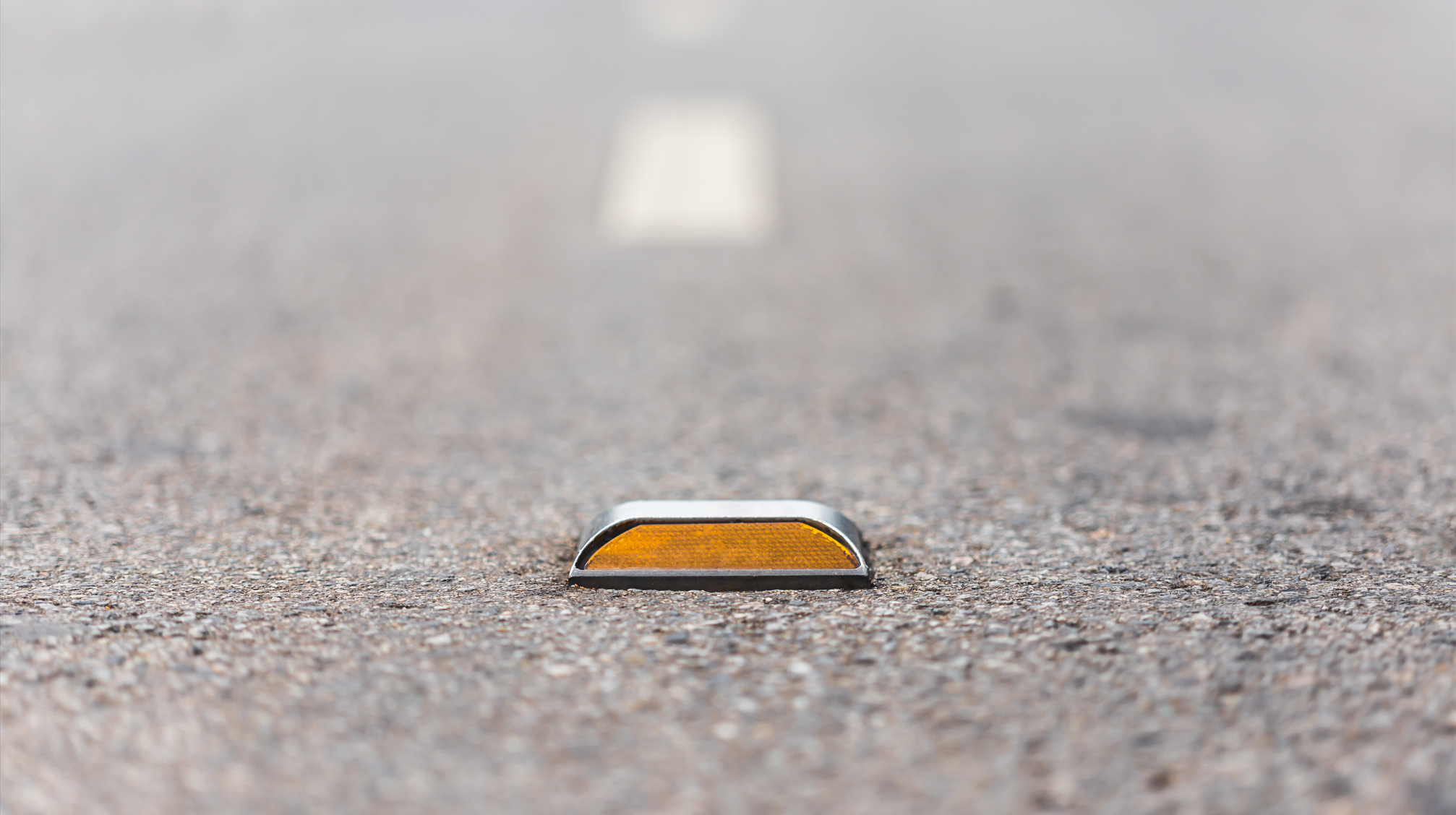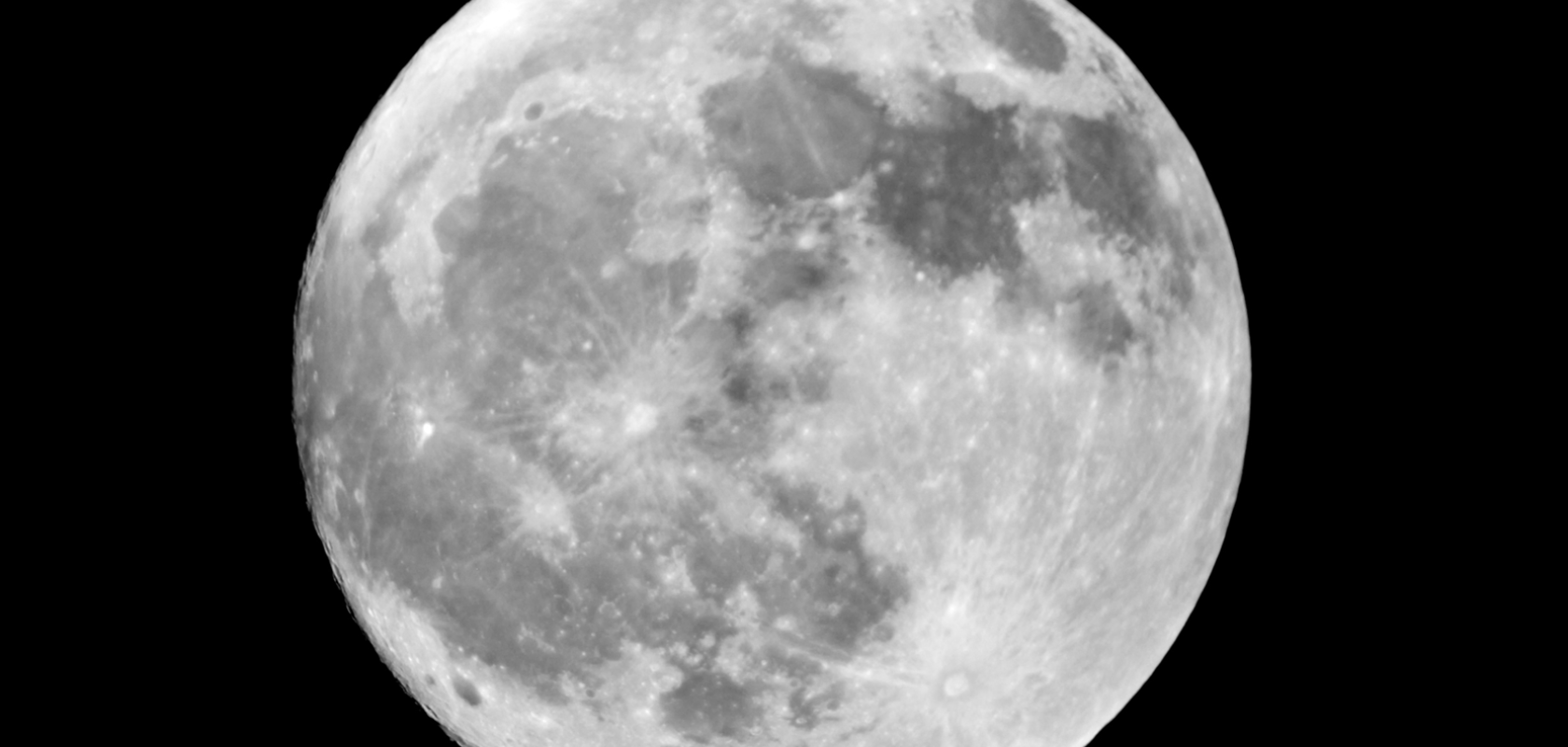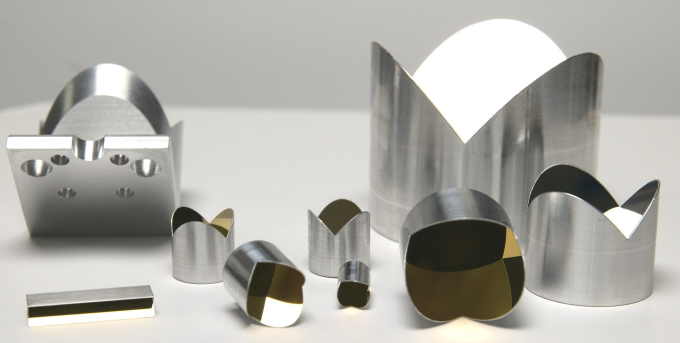Keely Portway discovers how the versatility of retroreflectors has placed them in a host of metrological applications spanning from traffic markers to space exploration
Retroreflectors, it could be argued, are something of an “unsung hero,” yet this technology has found countless applications in a variety of fields, from transportation to space exploration and scientific research. These devices reflect light back to its source, making them highly visible and useful for a wide range of applications.
The origins of retroreflectors can be traced back to the early 20th century, when a Scottish physicist named Robert William Wood discovered that certain materials could reflect light back to its source. Wood used a set of three mirrors arranged in a triangular shape, which would reflect incoming light back to its source regardless of the angle of incidence. The first practical retroreflector was invented in 1934 by engineer Percy Spencer, who used a series of prisms to create a highly visible marker that could be seen from long distances even in low-light conditions.
Since then, retroreflectors have been used in countless applications, from road signs and traffic markers to scientific instruments and even space exploration. One of the most famous examples of retroreflectors in action is the Apollo 11 mission to the Moon in 1969. As part of this historic mission, the astronauts left a set of retroreflectors on the lunar surface, which are still in use today by scientists studying the Moon’s orbit and composition. Back on Earth, retroreflectors are commonly used in transportation applications, such as road signs, traffic cones, and “cat’s eye” markers on roads. These markers use a combination of prisms and reflective materials to create a highly visible marker that can be seen from long distances, even in low-light conditions.

Retroreflectors are commonly used in transportation applications, such as “cat’s eye” markers on roads (credit: tavizta/Shutterstock.com)
What retroreflectors are available?
There are several different types of retroreflectors available, each with their own specific properties and applications. A common type is the corner reflector, which uses a set of three mirrors arranged in a triangular shape to reflect incoming light back to its source. The prism reflector uses a set of prisms to reflect light back to its source. Microsphere retroreflectors, meanwhile, use tiny glass beads to reflect light back to its source. Within these there are also both solid and hollow retroreflectors available.
David Cook, General Manager at Spectrum Scientific explains: “The solid glass retroreflectors are the more traditional, classic retroreflectors that have been made for decades. But their manufacture requires them to be polished on all sides, which can be quite tricky and challenging. The hollow retroreflector sector was born out of new and emerging metrology techniques, which are probably only decades old.”
Hollow retroreflectors can also be separated into two different types, as Cook continues: “Early on, hollow retroreflectors were made by bonding three planes of glass together, bonding at the edges, which can be challenging, for many reasons. Now there are also monolithic retroreflectors like ours, where it’s a solid piece of aluminium that we have machined, and we transfer the polished reflector surfaces through the replication process, onto the metal substrate. But it’s monolithic with all three sides being one piece of metal.”
Amongst the advantages of such a structure is that it does not suffer from chromatic aberration, so it is ideal for applications using a broadband or multiple frequency light source, which can occur with a solid glass retroreflector. Another advantage is the hollow retroreflector’s insensitivity to vibration, position and movement, so it can demonstrate more stability in different environments. Cook explains: “With bonded retroreflectors, there may be a coefficient of thermal expansion issue, for example, if three pieces of glass are bonded together, the bonding material may not have the same expansion coefficient as the glass. We’ve proven ours, once they come to equilibrium, can perform well at any temperature.”
Retroreflectors for optical metrology
This is particularly important for metrological applications such as surveying on streets, or for oil and gas detection. Cook continues: “The people on oil fields may need to go across hundreds of metres of distance. They’ll have an array of retroreflectors, and they’ll have what is basically a Fourier-Transform (FT) infrared spectrometer set up on their landscape to measure for gas to make sure they’re not polluting. An interferometer is used to shoot the laser across the large distance field, and the retroreflector array is situated on the very end of that field. The laser will hit the array and retroflect back to the source. The gas that’s present across that distance interacts and changes the size and shape of the laser. This is used to characterise what types of gas are present.”
These types of retroreflectors are also used in auto metrology, forensics metrology and even for metrological applications in security, for example to identify a signature chemical. Cook explains: “If it picks up Trinitrotoluene, then you know that you have a problem, because that’s an explosive. So things like airport scanners and security scanners also use retroreflectors because they are doing gas analysis.”
As one might imagine, an insensitivity to the elements as well as to vibration, position and movement in these types of scenarios is essential, and the monolith design from Spectrum Scientific is designed to provide just that. An additional benefit of the highly reproducible, one-piece construction design of the monolith is its customisability, as it incorporates mounting features, slots, pins and fiducials for ease of alignment. It is also designed to provide return beam accuracy of < 2 arcsec.
Looking to the future, the pace at which technology is moving is likely to widen even further the remit of application examples for retroreflectors, concludes Cook: “It’s one of those things when it comes to optical metrology, that people are always thinking of new ideas. Once, for example, you have a laser tracker that can measure with high levels of precision, you think of what you can do with it. These people are finding more reasons every year to use retroreflectors.”
More detailed information about retroreflectors
The White Paper explores the advantages of these over conventional retroreflectors and highlights the potential for improved accuracy and stability in metrology systems, offering valuable insights for researchers, engineers, and professionals in the field.



